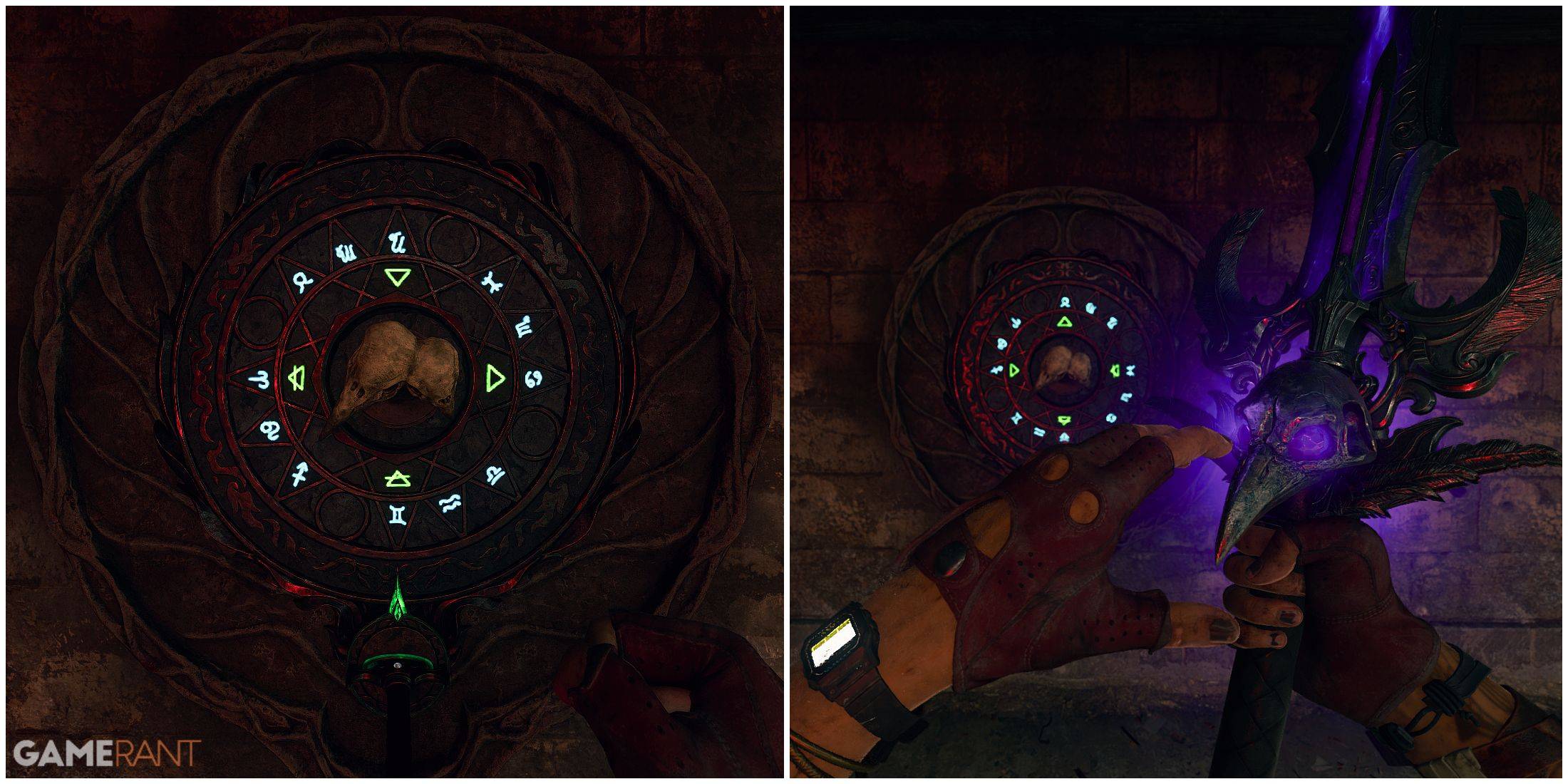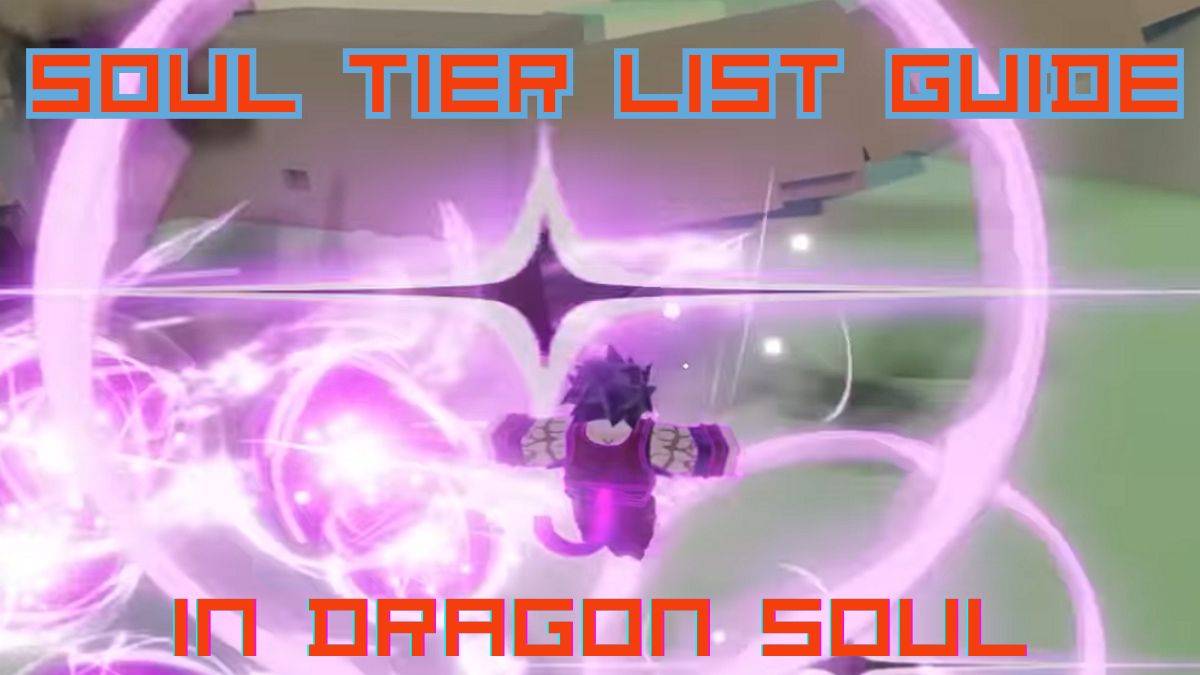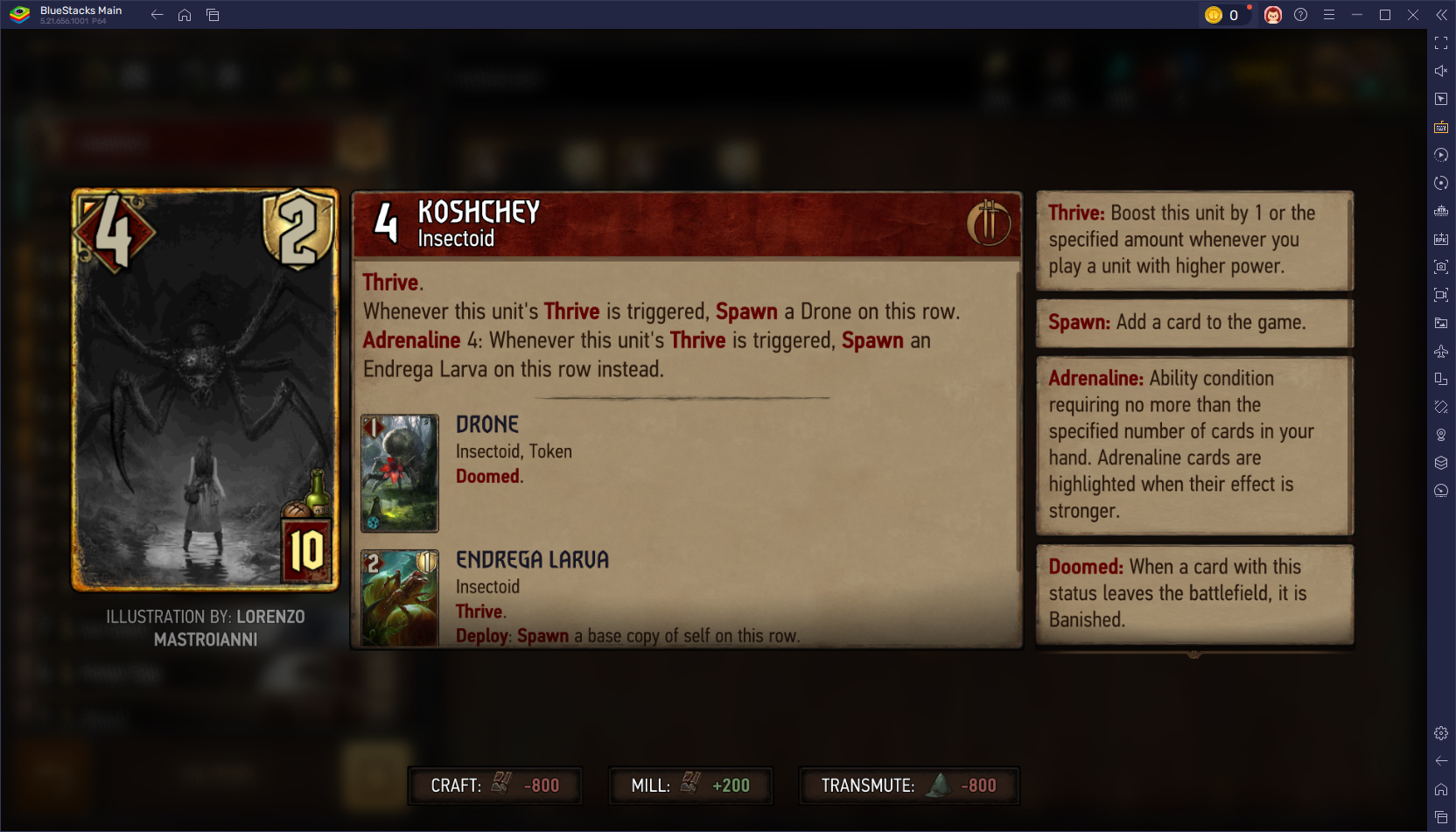Monster Hunter Wilds Developers Talk Weapon Changes – IGN First
- By Nova
- Mar 06,2025
Monster Hunter Wilds: Weapon Tuning and Design Philosophy
With each new Monster Hunter installment, players eagerly anticipate how their favorite weapons will feel. This article delves into the design philosophy behind the weapon tuning in Monster Hunter Wilds, aiming for a seamless hunting experience. We spoke with Art Director and Executive Director Kaname Fujioka (also director of the first Monster Hunter game) and Director Yuya Tokuda (involved since Monster Hunter Freedom) to uncover the details.
IGN First Monster Hunter Wilds Oilwell Basin Artwork
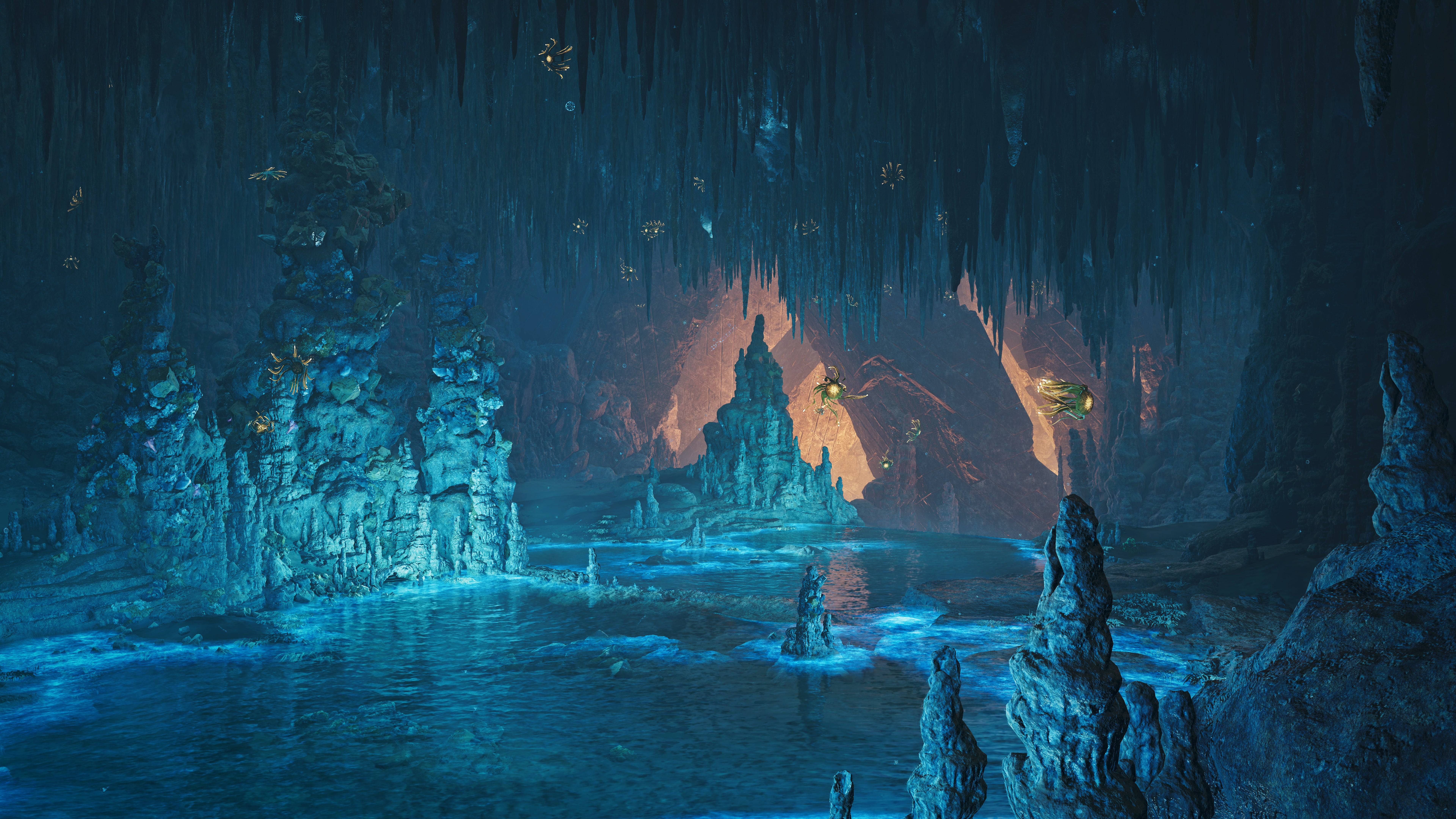
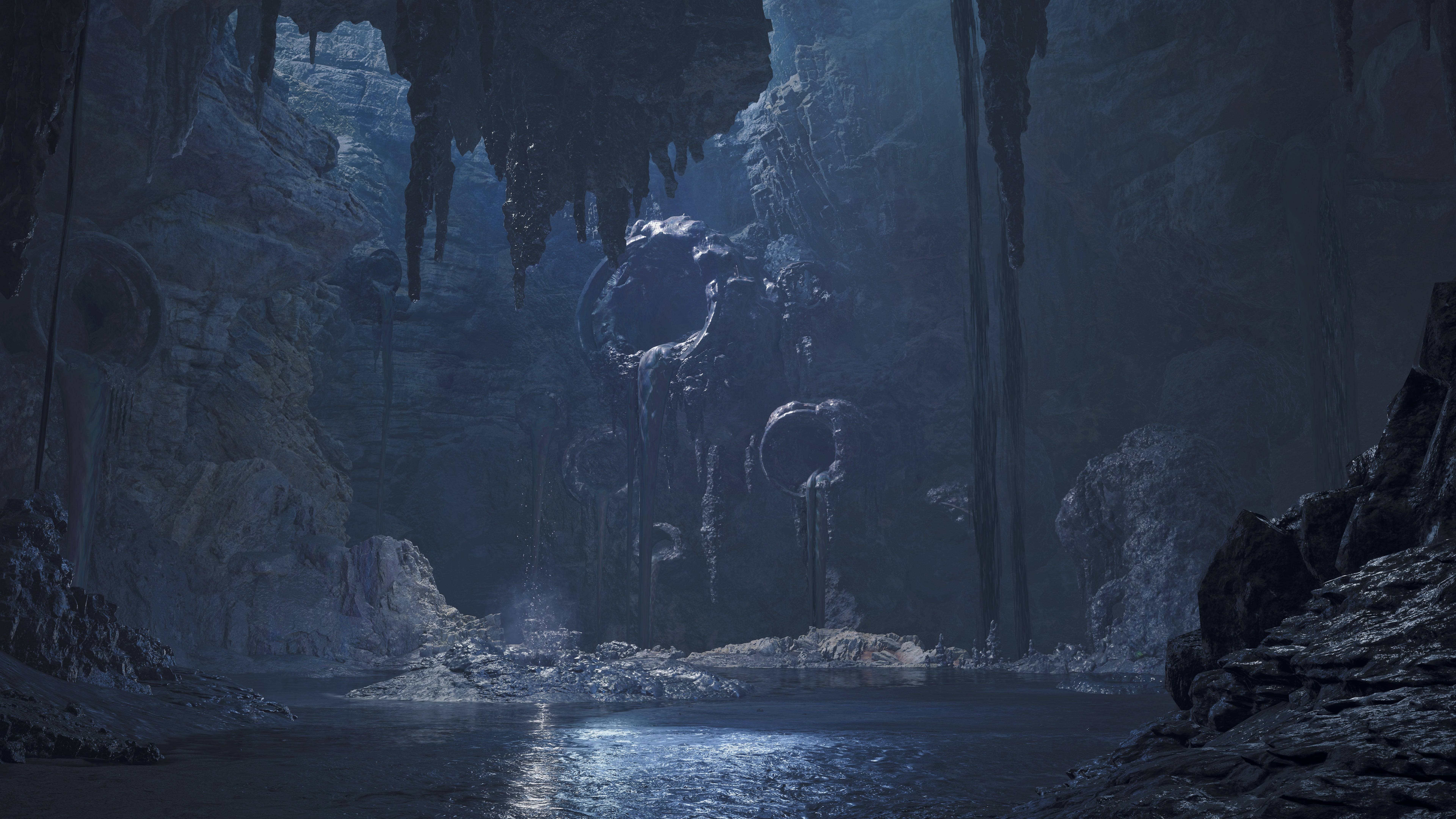 6 Images
6 Images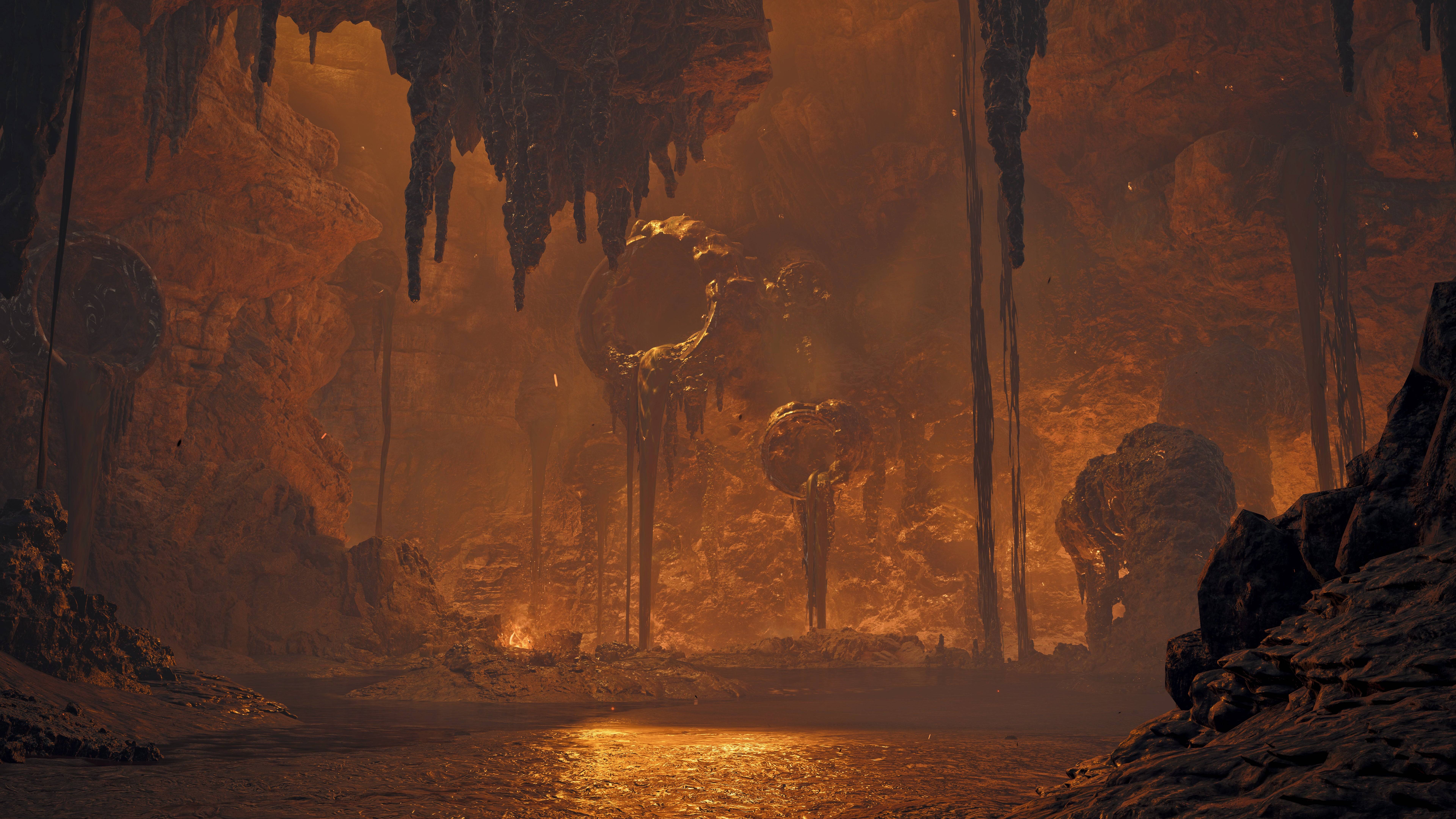

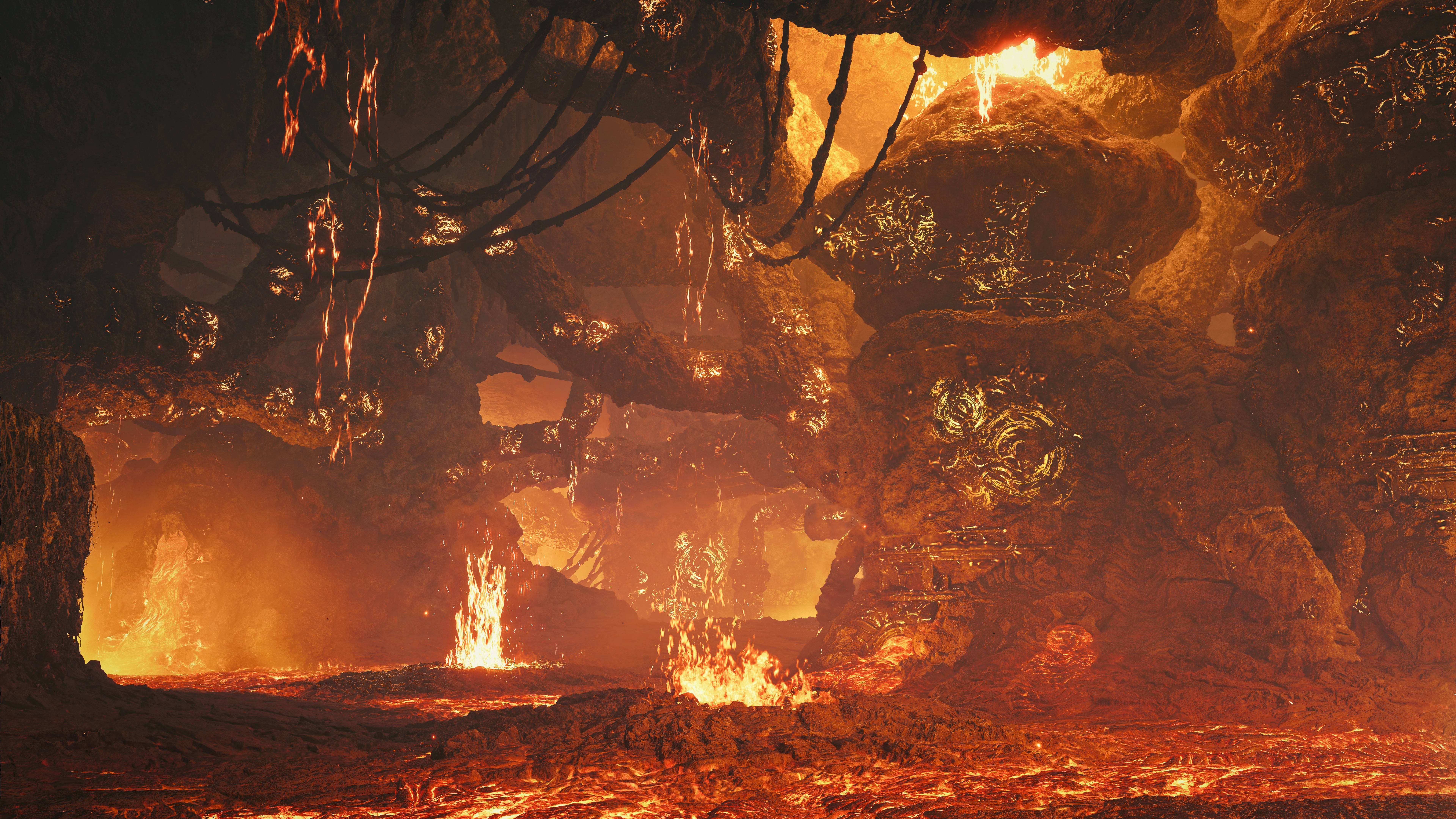

The interview revealed the development process, adjustments based on November 2024 Open Beta Test feedback, and the concepts guiding each weapon's tuning.
Seamless World Adjustments
Wilds' seamless map and dynamic weather necessitated significant weapon adjustments. Tokuda highlighted major changes to the Light and Heavy Bowguns and the Bow. The elimination of base-returning for resource replenishment impacted ranged weapons, traditionally reliant on consumable ammo and coatings.
Tokuda explained the solution: "Basic damage sources are usable without resource expenditure. Normal, pierce, and spread ammo for Bowguns and Bow coatings have unlimited use, managed by a gauge. However, pre-prepared or field-gathered materials allow for crafting powerful attribute ammo."
Weapon changes extended beyond mechanics to design, particularly for ranged weapons. Fujioka emphasized the visual clarity of actions, showcasing charging animations for special Bowgun shots, enhanced by technological advancements. Improved transitional animations between actions also broadened hunter capabilities.
Tokuda stated a core design principle: "Natural weapon use in any situation, even without input." This improved animation allowed for healing item use while moving, unlike previous titles.
Fujioka highlighted the new Focus Mode, enabling directional movement during continuous attacks, aligning with player expectations. Technological advancements in animation management significantly impacted gameplay.
Focus Strikes
Wilds introduces a wound system, created by accumulated damage to a specific monster body part. Focus Strikes, activated in Focus Mode, deal massive damage to wounded areas. Each weapon boasts unique Focus Strike animations, though the underlying damage isn't weapon-specific. Balancing ensured that while weapons retain personality, disparity isn't extreme.
Tokuda clarified: "Focus Strike animations showcase each weapon's uniqueness. Open beta revealed imbalances; some were overpowered, others underpowered. The release version will feature more standardized tuning."
The wound system adds strategic depth. Wounds become scars, preventing repeated wounding of the same area. Environmental interactions can also lead to unexpected scars. Monsters might already have wounds from pre-hunt events, offering strategic advantages.
Tokuda explained the environmental impact: "Monsters are unwounded at quest start, but Wilds' open world allows for pre-hunt encounters, including turf wars. Monsters might have pre-existing wounds, creating unique hunting scenarios and potential rewards."
Increased monster health and flinch resistance balance the power of Focus Strikes and wounds, ensuring satisfying hunt lengths.
Great Sword Tempo
The development process involves approximately six planners overseeing weapon design and player experience, collaborating with artists and animators. The Great Sword serves as a prototype, informing the development of other weapons.
Focus Strikes inspired the art team, with the Great Sword's Focus Strike animation serving as a benchmark. Its weighty tempo influences the design of other weapons.
Tokuda emphasized the Great Sword's unique tempo: "Heavy tempo weapons are rare; the Great Sword's fun factor is prioritized. Other weapons are differentiated based on this central design." Its versatility (blocking, AoE attacks) allows for straightforward monster combat.
Fujioka added: "Great Sword's tempo influences high-tempo weapon design, maintaining the Monster Hunter feel."
Weapon Personality
While aiming for balanced gameplay, the developers prioritize unique weapon design over uniform ease of use. Open beta feedback led to significant adjustments for the release version.
Tokuda illustrated this with the Hunting Horn: "Maximize damage in its optimal area. Use sound-based attacks like Echo Bubble. Focus on utilizing its unique element rather than solely damage output." Open beta feedback regarding Hunting Horn's self-buffing capabilities led to balancing adjustments for the release version.
Weapon effectiveness varies across monsters, but the developers aim to avoid overly efficient builds for every monster.
Fujioka stated: "Top-tier weapons will be popular, but dedication to a specific weapon type should allow for monster defeat through practice." The ability to carry two weapons encourages complementary weapon choices.
Skill Builds
The decoration system resembles World's, with specific skill abilities activated via weapon or armor slots. Alchemy allows for crafting single-skill decorations, addressing previous skill acquisition challenges.
Tokuda described the system: "Decorations function similarly to World, with specific skill abilities activated by placing them in weapon or armor slots. Alchemy allows creation of single-skill decorations, solving past skill acquisition issues."
Fujioka shared his World experience: "I never obtained the Shield Jewel 2, finishing the game without a complete build."
Tokuda prefers long-range weapons and the Sword and Shield, while Fujioka is a dedicated Lance user. The Lance's open beta reception highlighted areas for improvement, with significant adjustments planned for the release version.
Tokuda addressed the Lance feedback: "Open beta feedback indicated the Lance wasn't fulfilling its design concept. Issues with action execution, timing, and accidental actions led to it feeling dull. Significant improvements are underway for the release version."
The developers' dedication to player feedback and continuous improvement ensures a compelling and engaging Monster Hunter experience.
Latest News
more >-

-
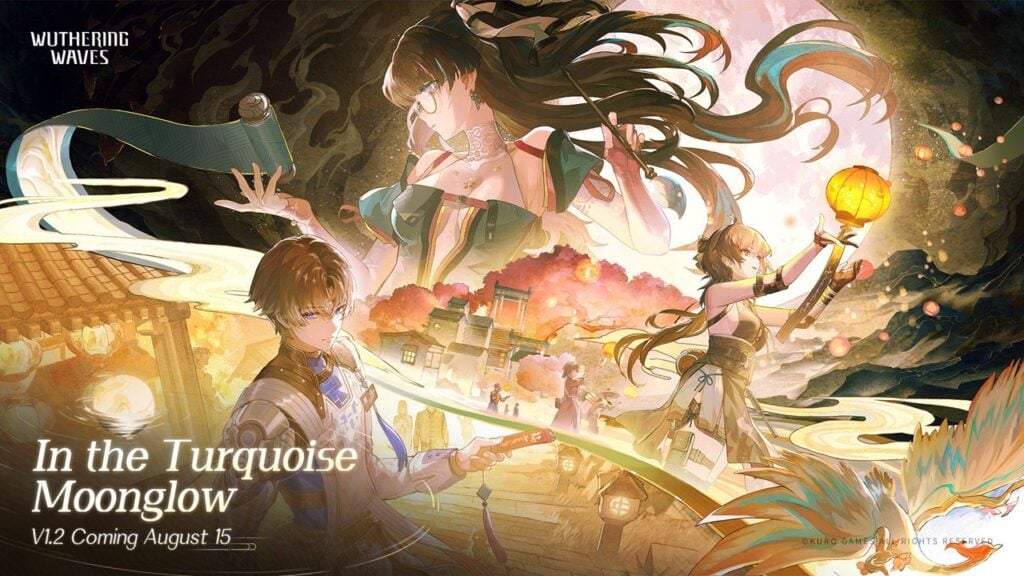
-
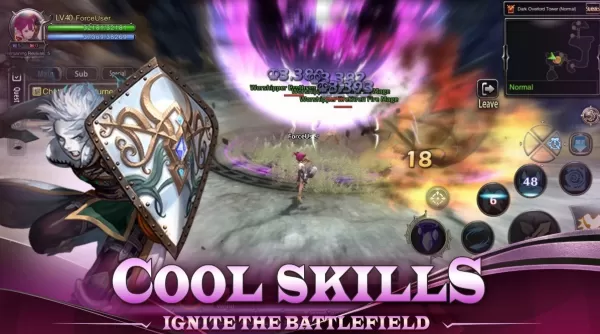
- Dragon Nest: Legend Rebirth Gear & Stats Guide
- Dec 15,2025
-
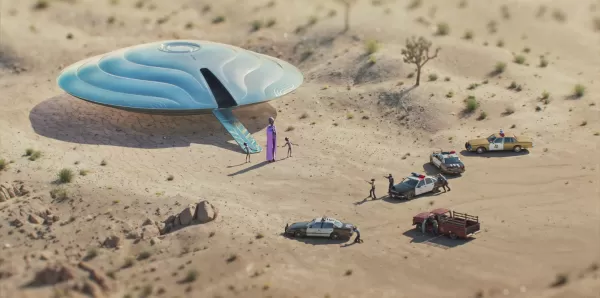
-

